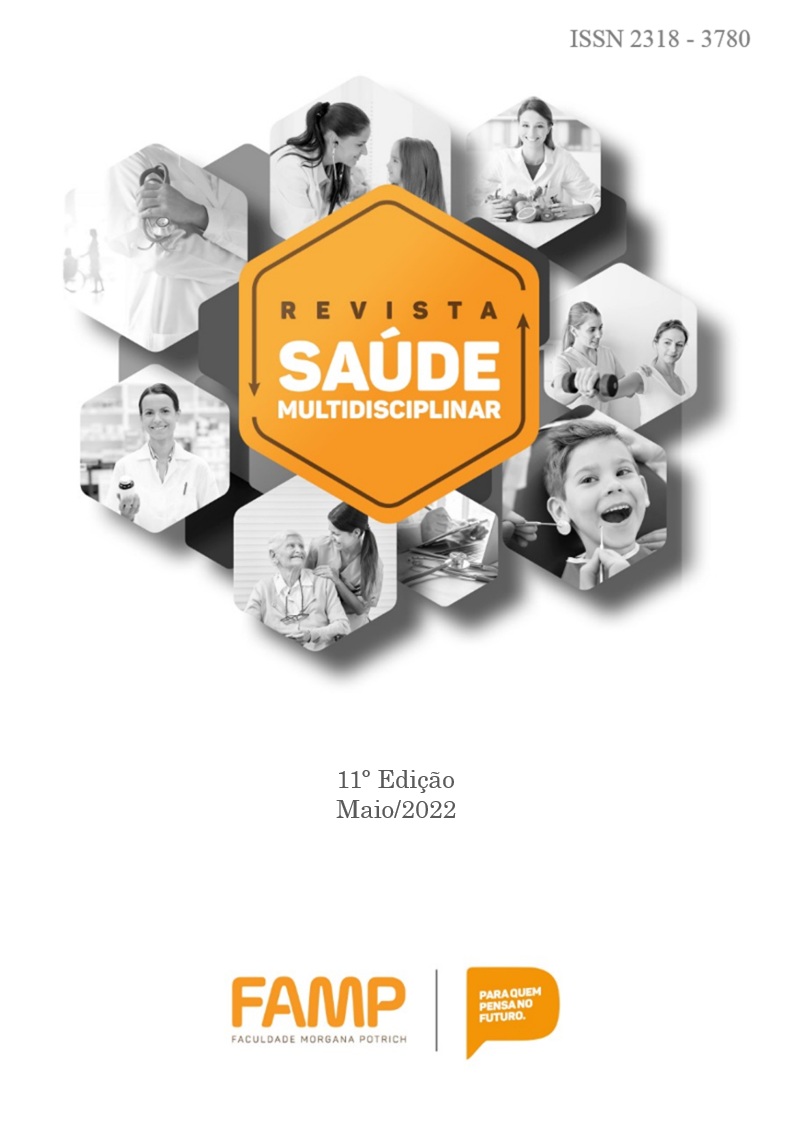CANDIDA AURIS VS COVID-19 PANDEMIC
A DANGEROUS RELATIONSHIP
DOI:
https://doi.org/10.53740/rsm.v11i1.326Keywords:
Candida auris, COVID-19, infection, pandemicAbstract
Candida auris yeast is a common dinner of the gastrointestinal tract of humans, although it has already been isolated elsewhere in the body (such as skin and nails). In addition, it is described as an opportunistic and multidrug-resistant fungus of the phylum Ascomycota, which was first identified in 2009 in Japan. It is noteworthy that the mortality rate of infected patients varies between 30 and 72%, a worrisome fact that emphasizes the importance of controlling this. The main objective of the study in question is, through a systematic literature review, to describe the infections originated by Candida auris, raising the main information to clarify a possible pandemic scenario. Thus, addressing the main forms of contagion, its pathophysiology, and the relevance of its diagnosis for the detection and intervention of infection in the pandemic scenario of COVID-19, in order to inspire strategies for the significant reduction of incidence. The bibliographic survey was based on articles from the respective databases: PubMed, MEDLINE, Scielo and Elsevier, following as inclusion criteria the relevance of the article related to the theme, published in the last 5 years (with exceptions from highly relevant and classic works), in Portuguese and English. After the rise of SARS-CoV-2, the number of cases involving C. auris increased worldwide, both were identified on surfaces of hospital environments, including protection grids, serum poles, beds, air conditioning ducts, windows, and floors, implying possible niches of yeast colonization, and, consequently, possible infections in patients infected with coronavirus using mechanical ventilation devices and assisted management ventilators. The association between COVID-19 and fungal infections may be multifactorial due to the severity of the disease and previous use of antibiotics and corticosteroids that has an immunosuppressive effect on neutrophils and macrophages. Given the scarcity of information on the relationship between C. auris and COVID-19, it is evident the need for further studies in Brazil and in the world, in order to strengthen the attention given by the agencies responsible for pathogen screening.









